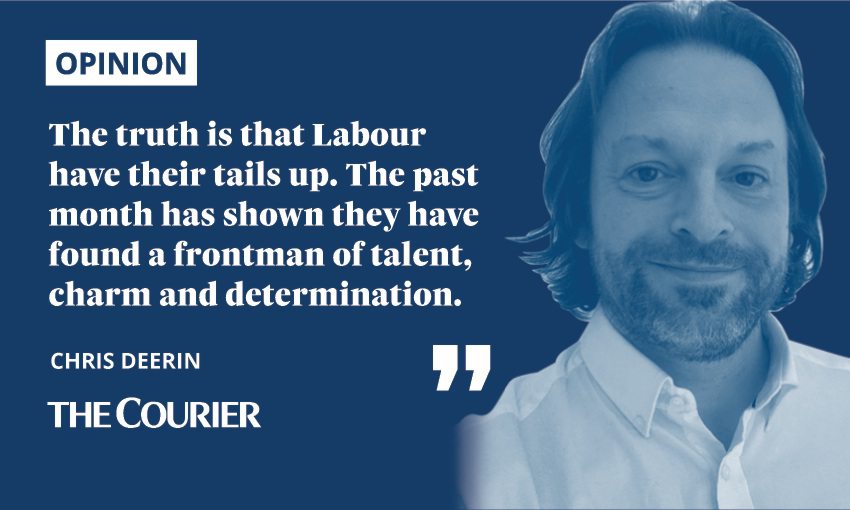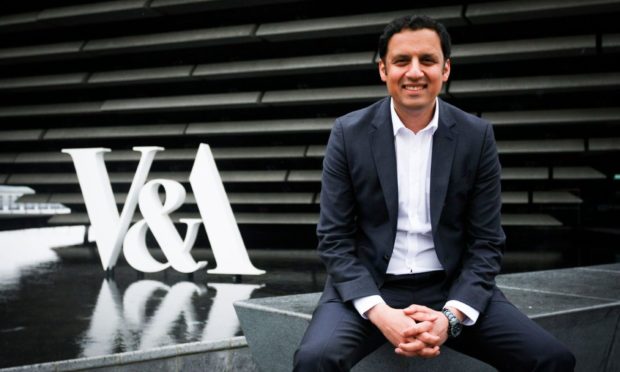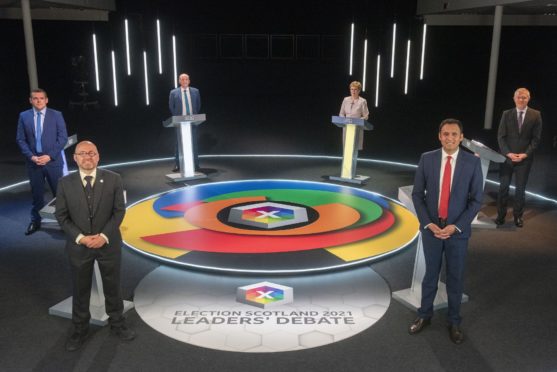On the face of it, Scottish Labour had a disastrous campaign.
Having been in the electoral doldrums for most of the past decade, it lost a further two Holyrood seats last Thursday (May 6).
It failed to win back those voters who, sick of Tory governments at Westminster, have deserted the party for the SNP, or those Unionists who feel they have a more robust defender in the Conservatives.
But none of this will have come as a surprise to Anas Sarwar. When I interviewed the new Labour leader before the election he was frank about the task he and his party faced.

“I am not naive about the scale of the challenge,” he told me.
“Three days before I became leader we were polling at 14%, and if that was to be replicated on 6 May, it would mean 15 MSPs or less.”
In the end it wasn’t as bad as all that. Labour emerged with 22 seats, 21.6% support on the constituency vote, and 18% on the list vote. Though both these percentages were down slightly on 2016, this is likely to have been due to tactical voting rather than a harsh judgement on Sarwar’s fledgling leadership.
Tails up
The truth is that Labour have their tails up. The past month has shown they have found a frontman of talent, charm and determination.
He was excellent in the televised leaders’ debates, and even pulled off an impromptu joining of a dance class on the campaign trail, where he threw some sharp moves to Bruno Mars’s Uptown Funk. It was quite the contrast to Douglas Ross’s excruciating recitation of Atomic Kitten’s Whole Again.
When you’re on a campaign visit with @AnasSarwar and there’s a dance class going on.
He couldn’t resist…. pic.twitter.com/WQmZmQdoag
— Gordon McKee (@GordonMcKee_) April 24, 2021
Ross may be no James Brown, but he stuck rigidly to his line that if you wanted to stop a second independence referendum you should vote Tory.
It worked: the Conservatives retained all 31 of their seats as the election broke down sharply on the constitutional question, and Ross will lead the main opposition for the next five years.
Four-step plan
I’m sure Sarwar wishes he had managed to reverse that outcome. But he didn’t think it was at all likely, and had planned accordingly.
He talks of four phases to his leadership. The first was survival, which has been achieved. The next is establishing Labour and its policies as relevant to the lives of ordinary Scots, then becoming a credible opposition to the SNP, and finally a credible alternative government.
He has the kind of personality that plays well on daytime TV couches and should step out of the Holyrood bubble as often as possible over the next few years
With the election over, he has what he needs: time and space. His personal ratings are high, his command of the party unchallenged, and the electorate is at least listening again.
He has the kind of personality that plays well on daytime TV couches and should step out of the Holyrood bubble as often as possible over the next few years.
He has some bright new MSPs, too, the kind of people who are unapologetically Scottish Labour and who view the constitutional games of the competition as contemptible. This gives him the opportunity to fashion a frontbench in his own image, and to show strength in depth.
Stay on track
Sarwar need not change tack on the constitutional question – or at least not yet. He has adopted a “not never, but not now” position on an independence referendum, which is not all that different in its way from the stances of Boris Johnson and Nicola Sturgeon, although the envisaged timescales may vary.
Indeed, what has impressed most is the Labour leader’s insistence on talking about other things. About the economic recovery from the Covid pandemic, the need to improve cancer treatment and mental health support, a job guarantee for under-25s, and policies to tackle climate change.
There are still holes in Labour’s thinking, particularly on education, but in a normal world this focus on policy would have counted for something.
It may yet. If we look at the electorate we can see it is split roughly three ways. There are the hardline separatists, who are happy to put everything else on hold until Scotland is independent.
There are their opposites on the Unionist side, for whom the maintenance of Britain trumps all else.
And then there are those who understand that the national conversation must involve the constitution, but who also want rather more prosaic things from their politics – that it addresses the quality of their child’s schooling, or their elderly parents’ care, or the threat to their job posed by lockdown.
It is among this last group that Sarwar might hope to find an audience and possibly, in time, electoral growth.
He should ignore the critics, trust his judgement, and stick to his plan.
Chris Deerin is a leading journalist and commentator who heads independent, non-party think tank Reform Scotland

